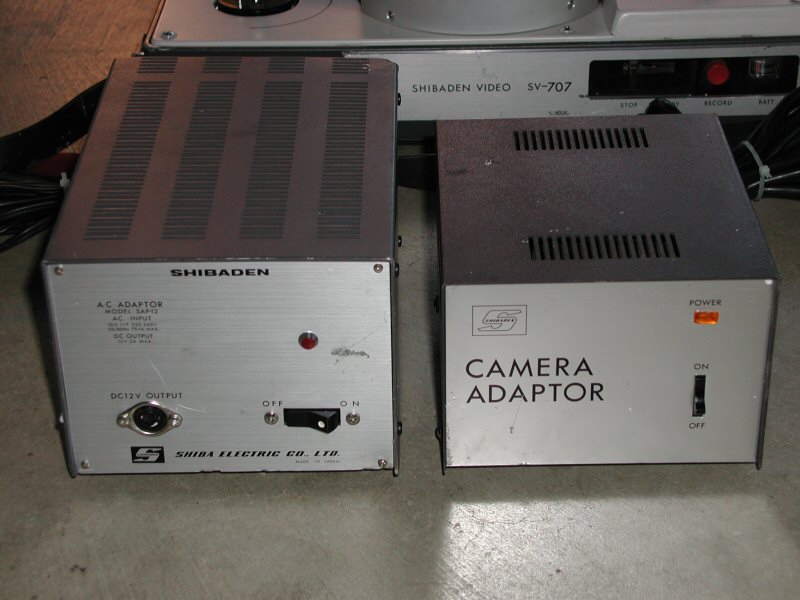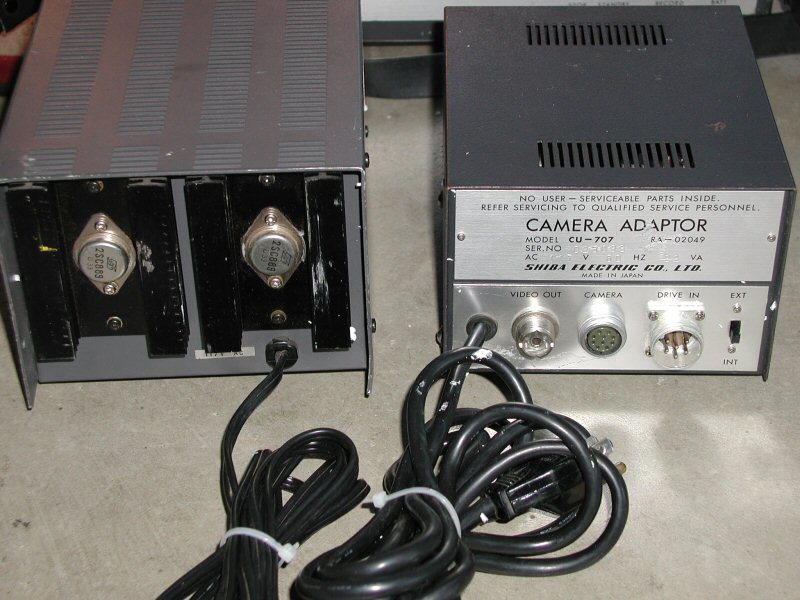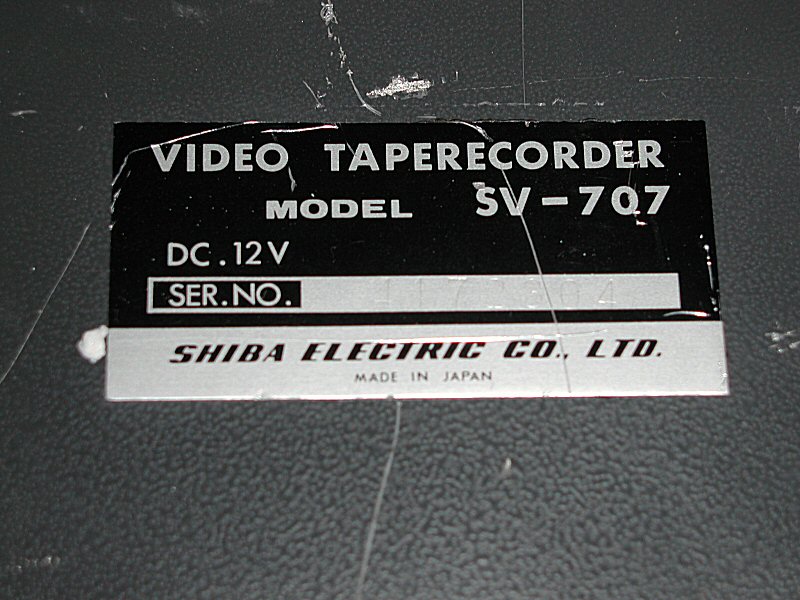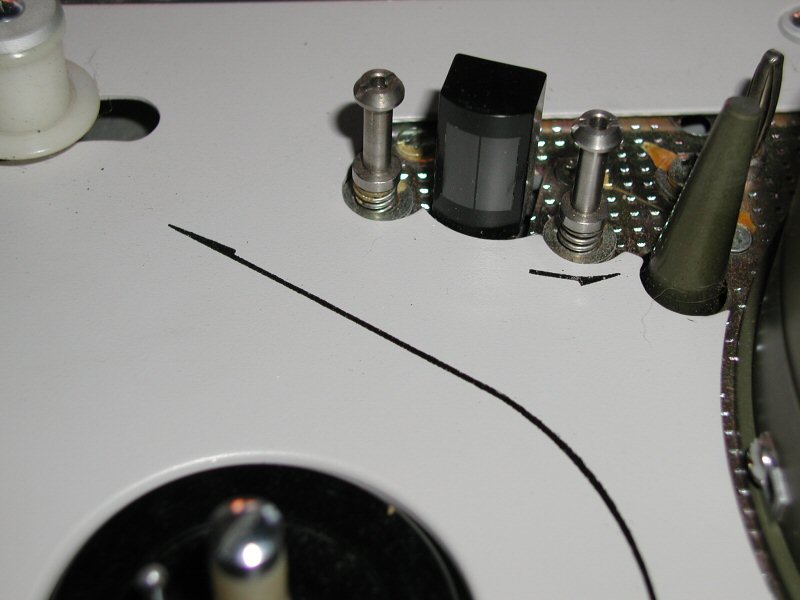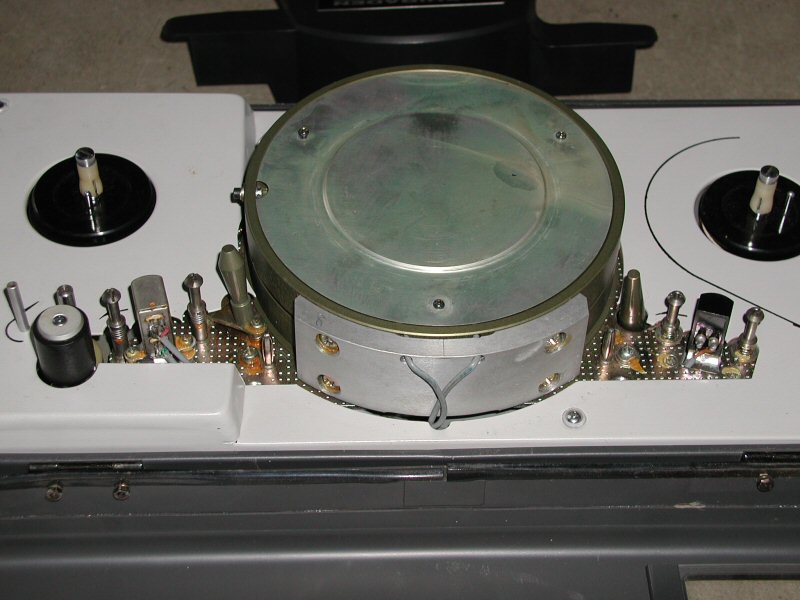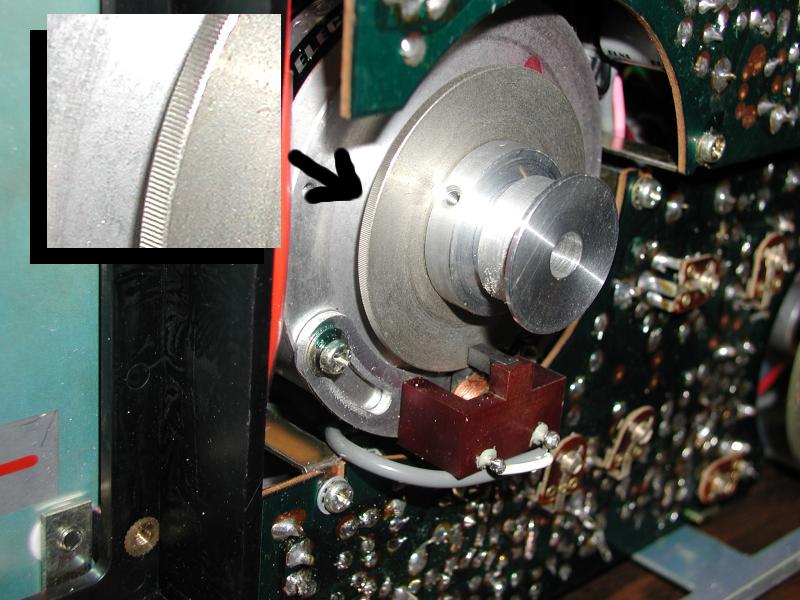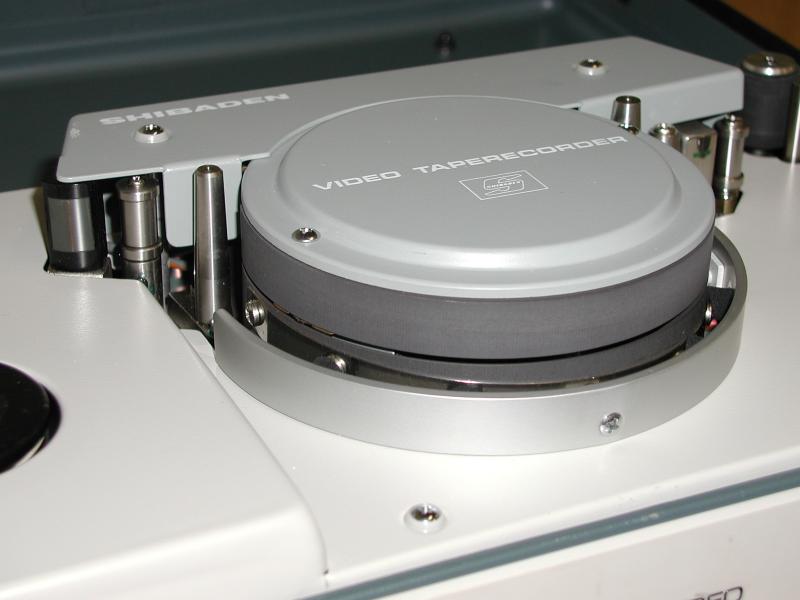| LabGuy's World: 1969 Shibaden
SV-707 Record Only Portapak VTR
New Addition 070318 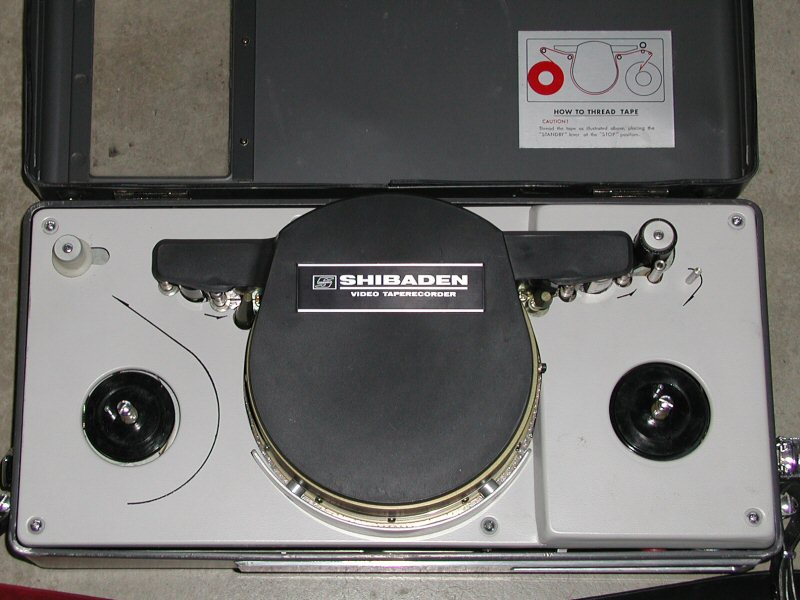  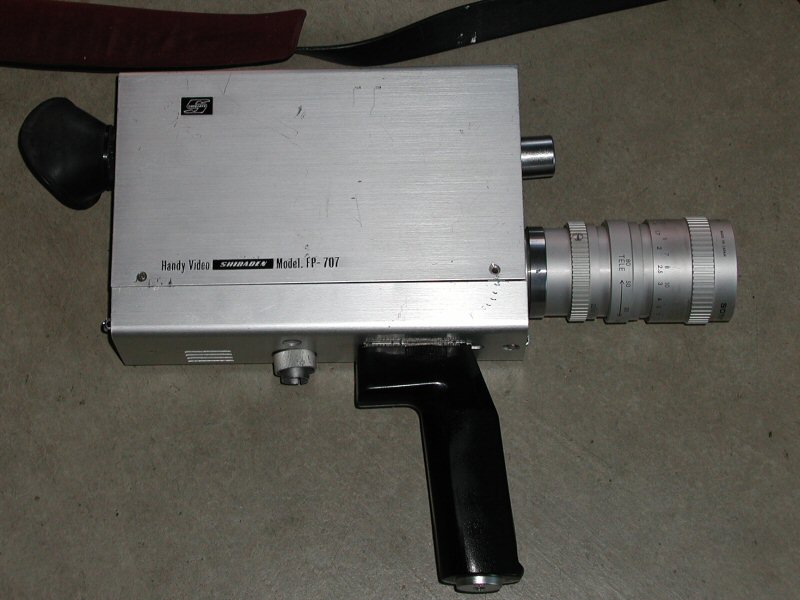
There is erroneous information on the internet claiming the Shibaden system uses skip field recording. It does not. Shibaden format is 100% full field with 3 Mhz of bandwidth. Extremely respectable specifications for the time. I have heard that reliable interchange was an issue with this format. But recordings played on their original source deck were of superior quality. The operation of this portable VTR could not be simpler. Place the function lever in stand-by, frame up the scene in the camera, pull the trigger and begin recording. When done, toss the tape on any Shibaden standard VTR and enjoy! VTR's capable of playing the SV-707's recordings include the [Shibaden SV-700], [Shibaden SV-800], [Bang & Olufsen Beocord 4000], [Bell & Howell 2966] and the [Apeco Teletape] (same machine, different brand names). This portable video recording system was also sold as the [Apeco SV-707] and [Bell & Howell 2965] models as well. As can be seen, Labguy's World has quite a few of these already. Always need more... hint, hint... . This deck is so mechanically simple, it does not have a rewind function. It has only STOP and RECORD modes, with GO and PAUSE when in RECORD mode. For rewinding, a small hand crank was provided, thought it was easier on the elbows and the tape just to rewind it on the playback deck. As usual, this marvelous accessory is missing in this case. . For an extremely simple system, it was relatively complex in its day. Harking back to the days of mechanical television, this machine and its many cousins (Shibaden SV-550, Sony DV-2400, AV-3400/8400, Panasonic NV-3082, et. al.) contained a very clever video sync generating system! I will explain this in more detail using the Shibaden SV-550 as the example. The SV-707 making its evolutionary change to the EIAJ standardized format in 1969.
This is called a Mechanical Sync Generator. Today, one of the reasons video recorders use very small diameter head drums is because it takes far less servo power to control it. A smaller mass responds to velocity changes faster too. The older machines need the larger heads to get the desired writing speed. There large mass made them slow to lock up and they consumed large amounts of precious battery power. I know this sounds crude, but ultra high power motor drive amplifiers, VLSI sync generator ICs, high density metal powder tape and one chip TBCs had not yet been developed. It's barely 1970! See the second photo. This is the bottom of the head drum with the capstan belt removed for clarity. A small metal wheel is attached to the shaft of the head drum. This wheel has 525* grooves machined in the edge of it, like a gear. These teeth pass near an electromagnet and induce a signal in it. This signal is amplified and shaped into horizontal sync pulse. On top of the drum, and not shown, are two other electromagnets which work in similar way to produce vertical sync pulses. These sync pulses drive the camera. The capstan flywheel is also driven by the head drum motor. This way, head rotation and tape motion are mechanically synchronized and track together. When the head speeds up, so does horizontal sync and so does the tape speed. If the head slows down, so does the horizontal sync and tape speed. Because everything is physically connected together, the interrelationship of all pulses is fixed. As the had revolves 30 times a second and the wheel has 525 teeth, the system produces 30 x 525 = 15,750 pulse per second that varies precisely with the gyro errors of real world recording! The camera scanning tracks right along. No matter what the instantaneous head speed, the pattern printed to tape now has perfectly spaced sync pulses! A playback VTR shows no evidence of the gyro errors present during the recording. Now, that's what LabGuy calls a real innovation! Even if it only works for B/W. TANSTAAFL
- "There Ain't No Such Thing As A Free Lunch", said the wise man. Have
you asked the next logical question? Where did the gyro error go? It ends
up in the sound track. Recall that the capstan tracks the head speed, which
was varying. Overall, the gyro error is a only a very small fraction of
the total head and tape speed. In video, even this small amount of gyro
error is intolerable. In audio, the gyro error appears as tape speed error.
This is called "wow". At 2% or less the total value of wow is low enough
to be unnoticeable except to the sharpest ear. It is most noticeable when
the VTR operator turns to follow fast action. You hear the audio pitch
bend up or down.
[CLICK HERE] to read the features and specifications of the SV/FP-707U portable VTR & Camera. [CLICK HERE] to read the owner's manual for the Bell & Howell 2965 version of this system. NEEDED: Service manual for the SV-550. [HOME]......[VIDEO RECORDERS MUSEUM] Last updated: March 25, 2007 |
